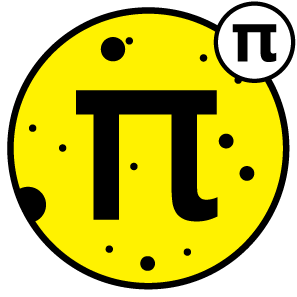Love itself became the object of her love.
•
• count sadnesses
• more quotes
space + pixels
places to go
nobody to see
nobody to see
π in the sky
·
If you like space, you will love this. The 2017 π Day art imagines the digits of π as a star catalogue with constellations of extinct animals and plants. The work is featured in the article Pi in the Sky at the Scientific American SA Visual blog.
coruscate, coruscate
globule vivific
globule vivific
The Sky, southern hemisphere
Mysterious and incomplete, these 100 megapixel and 10 gigapixel maps of the southern celestrial hemisphere.
Included are about 2.4 million stars from the major catalogues (HR, Hipparcos and Tycho-2). In the 10 gigapixel image, the entire 100+ million star UCAC4 catalogue is included. Canonical IAU constellation asterisms are included.
About 100,000 deep sky objects are also shown. These are jittered to avoid overlap, which is why some clusters of objects appear as large globules of symbols.
In the 10 gigapixel map, labels are lovingly placed and formatted to include name, catalogue and magnitude data. The 100 megapixel map has no labels.
Stellar and deepsky object annotations taken from Vizier.

▲ Icons for celestial objects.
Martin Krzywinski | contact | Canada's Michael Smith Genome Sciences Centre ⊂ BC Cancer Research Center ⊂ BC Cancer ⊂ PHSA
{ 10.9.234.152 }








